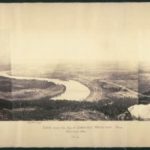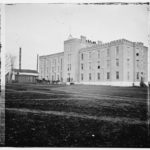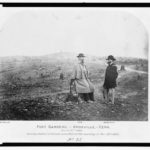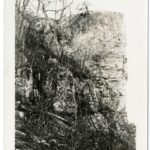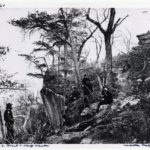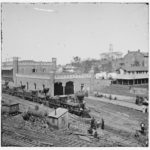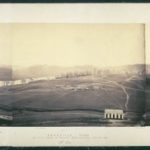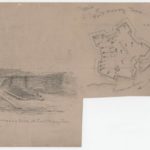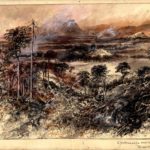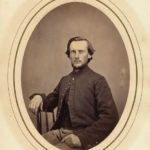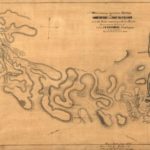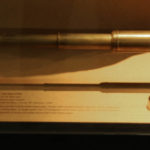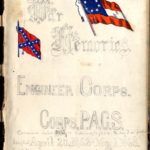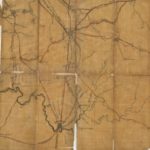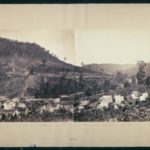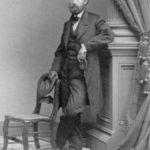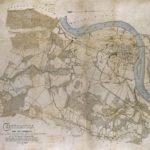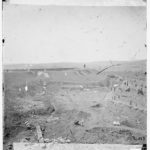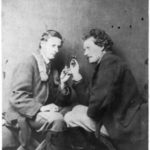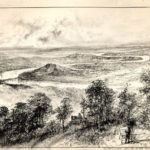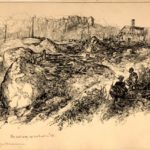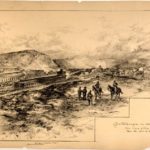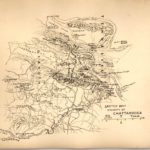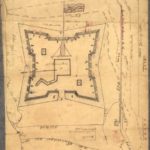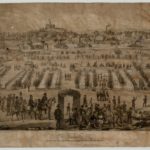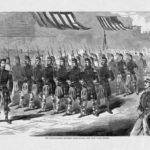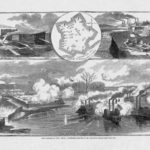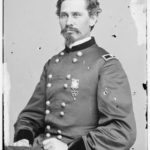Orlando Poe

Orlando Metcalfe Poe, soldier, engineer, and cartographer, would have been an extraordinary talent in any age. Being born in Ohio in 1832 meant that Poe’s time of accomplishment would likely be the Civil War era. As an 1856 West Point graduate, number six in his class, a career in the United States Army’s prestigious topographic engineers awaited him. The war years allowed Poe to excel in the execution of the training he had received. In the fall of 1863 his position as the chief of engineers under General Ambrose Burnside in Knoxville offered him an opportunity experienced by few others. Given a free hand, he planned and executed the defense of a natural fortress; this he accomplished in a dauntingly short amount of time. He used all of his genius and inventiveness to augment the town’s geography with innovative applications of the natural and man-made materials at hand, fortifying the city of Knoxville at every position north and south of the river for 360 degrees.
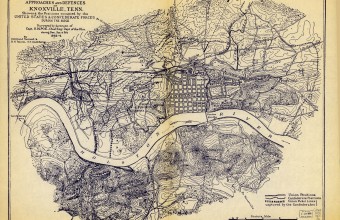
Cleveland Rockwell and R. H. Talcott.
Map of the Approaches and Defences of Knoxville Showing the Positions Occupied by the United States and
Confederate Forces During the Siege surveyed by direction of Capt. O. M. Poe, Chief Engr Dept of the
Ohio, during Dec. Jan. and Feb. 1863-4, 1863.
Library of Congress.
View Object Details
And then Captain Poe had his creation challenged by some of the best assault troops the world has ever produced, Confederate General James Longstreet’s corps from the Army of Northern Virginia. 4000 veterans of Fredericksburg, Gettysburg, and Chickamauga, despite attacking the weakest point on the line, could not breach the defenses held by 400 Federals. In 20 minutes of carnage, the Battle of Fort Sanders was over; 813 casualties for the CSA, 13 for the USA. Poe summed it up, “I know of no other instance in history where the storming party was so totally annihilated… My ‘ditch digging’ saved Knoxville.”
— Joan Lynsky Markel, Ph.D., Curator of Civil War History, Frank H. McClung Museum, University of Tennessee
Further Reading
- Robert Tracy McKenzie, Lincolnites and Rebels: A Divided Town in the American Civil War (New York: Oxford University Press, 2006)
- Digby Gordon Seymour, Divided Loyalties: Fort Sanders and the Civil War in East Tennessee (Knoxville: East Tennessee Historical Society, 2002)
- Paul Taylor, Orlando M. Poe (Kent, OH: Kent State University Press, 2009)



